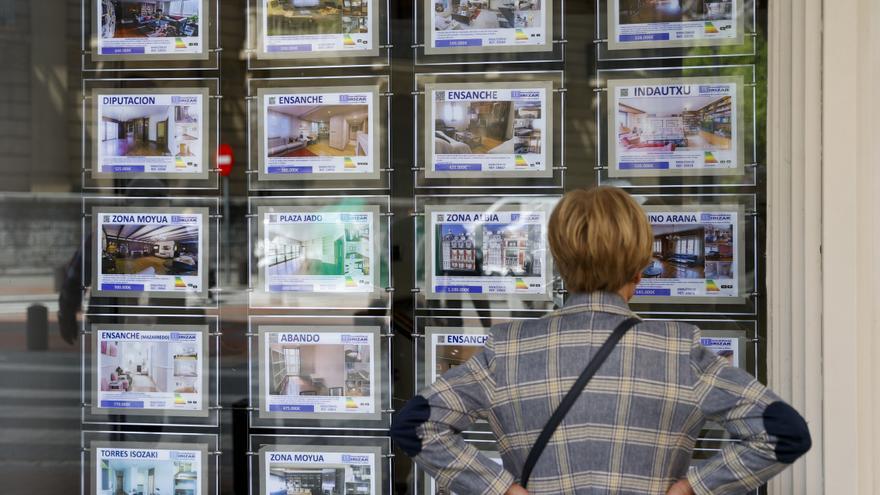
Canary Islands recorded the highest increase in the price of used homes in May with a rise of 24.2% compared to the same month the previous year, reaching a total of €2,637 per square meter, as per data from the Fotocasa Real Estate Index. In 88% of the 50 provinces analysed, the annual housing price increased in the month of May, with the western islands of the Archipelago standing out. Santa Cruz de Tenerife (+31.4%) is the province with the most significant surge, ahead of Málaga (+21.9%) and Madrid (+18.6%).
All autonomous communities saw year-on-year increases in the price of used homes for sale in May. The Canary Islands (+24.2%) topped the list of regions with the most pronounced increase, exceeding 10%. Also on the list were Madrid (+18.6%), Valencia Region (+14%), Balearic Islands (+13.1%), and Andalusia (+11.6%).
According to Fotocasa data, the regions with the most expensive second-hand homes are the Balearic Islands and Madrid, at €4,159 and €4,085 per square meter, respectively.
They are followed by the Basque Country (€3,167/m2), Catalonia (€2,801/m2), Canary Islands (€2,637/m2), Andalusia (€2,118/m2), Navarra (€2,094/m2), and Cantabria (€1,979/m2). At the other end, with the lowest prices, are Castile and León (€1,498/m2), Murcia (€1,366/m2), Extremadura (€1,225/m2), and Castilla-La Mancha (€1,205/m2).
Alarming Statistics
[–>
Nationally, the price of second-hand homes rose by 1.1% in May compared to the previous month and by 7.7% compared to May 2023
The year-on-year increase in May this year moderated by over two points compared to the increase experienced in the same month of 2023 (+10.2%), indicating that the price is no longer rising at a double-digit pace; however, it is still becoming “considerably” more expensive.
“The price of housing maintains a relatively stable growth pace, but with very significant levels of increase. Additionally, the 7.7% year-on-year increase adds to the 10.2% increase in May of 2023, making the rise in prices over the past few years monumental,” highlighted Fotocasa’s Director of Studies and spokesperson, María Matos.
[–>
In her opinion, the data presented in the most pressured communities are “alarming,” showing double-digit and “very intense” increases. “The demand for purchasing at the moment is strong and too firm for the supply to absorb, leading to a constant price tension for the past two years,” she added.














